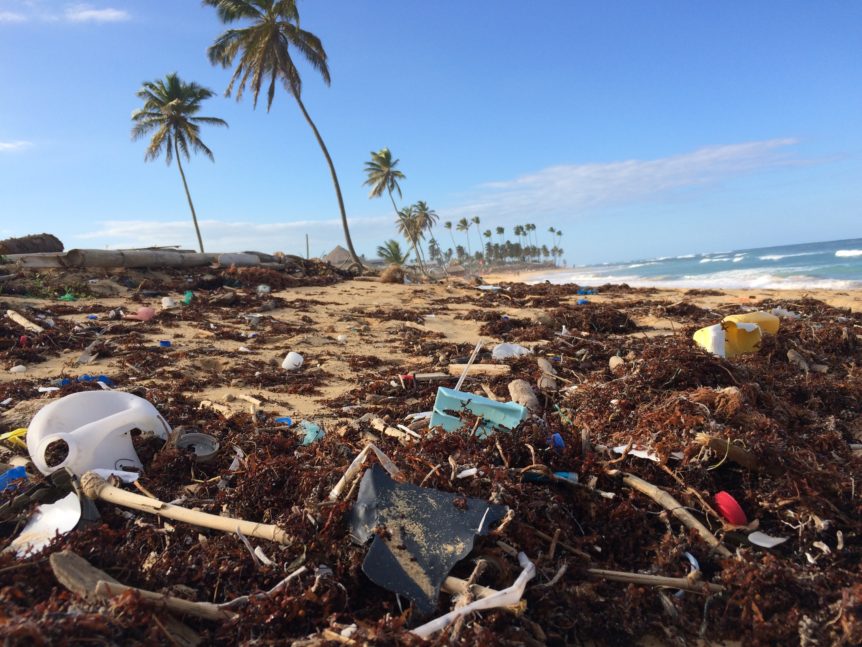COVID-19 has brought back single-use plastics. Cities that once banned certain single-use items have now pulled back policies that once prevented these items from being handed out in restaurants and stores.
The social norms of bringing your own bag, cup, and bottle quickly dissolved into a thing of the past. You now may not think about the effects that something as simple as picking up your daily coffee has on the environment.
We’re breaking down the most unbelievable facts about how single-use cups and plastics are impacting our planet.
Over 58 billion coffee cups are used in the United States every year.
We live in an on-the-go world, especially when it comes to grabbing our morning coffee. Every morning, Americans across the country stop at their favorite coffee shop. Whether you prefer your drink hot or cold, it usually is given to you in a single-use cup it may be paper or plastic. Multiply each one of those by all the days in a year, and each person in the United States, and the garbage adds up quickly. These single-use plastic and paper coffee cups are just the starts of the problem.
20 million trees are cut down every year to make paper cups.
The number of resources wasted and energy used to produce single-use, disposable cups are frankly, shocking and harmful. Millions of trees get cut down just like that. Next, the oil is extracted from the ground. Then materials are transported all over the country to be manufactured (by the way, it takes up to 12 billion gallons of water to produce enough plastic cups for one year.) The cups are then packed up (usually in more plastic) and then shipped all over the world. There are so many harmful impacts on our planet in just this one supply chain.
Your paper cup cannot be recycled.
Less than 1% of the cups that are produced can actually be recycled. Even paper cups are lined with plastic which most recycling facilities can not separate. The process to try and recycle them is actually so complex, expensive, and wasteful, that they’re usually re-routed directly to your landfill. Making single-use plastic cups one is an item that adds up daily.
The average ‘lifespan’ of a single-use cup is only 13 minutes.
But technically speaking, the lifespan is thousands and thousands of years since the materials never truly decompose, especially when thrown away in a plastic garbage bag.
Skipping the straw isn’t enough.
We applaud every small effort to reduce single-use plastics from our lives, but some choices we make end up causing more damage. Take Starbucks for example, in 2018, they ditched plastic straws but ended up replacing them with a lid that ultimately increased their total plastic waste.
4 Billion Starbucks Cups are Thrown Away Every Year.
Starbucks isn’t the only culprit when it comes to single-use cup waste. They are, however, the largest coffee company in the world and use more than 8,000 paper cups each and every minute. Think of all the landfills covered in Starbucks cups.
You’re Also Ingesting Chemicals.
Paper cups are lined with a petroleum-based polymer called polyethylene, which functionally is great for preventing hot liquids from soaking through the cup. However, when this lining is heated up, it releases a chemical that is linked to cancer, vision & hearing loss, impaired memory, and so much more.
But How Can You Help?
- Make your coffee at home and take it with you in a washable, reusable tumbler
- Bring your own reusable cup or mug. Just make sure you wash it first!
- Avoid disposable lids, straws, stirrers, and lid plugs
- Support the local coffee shops that ban single-use plastics
For more ways, you reduce plastic pollution click here.

